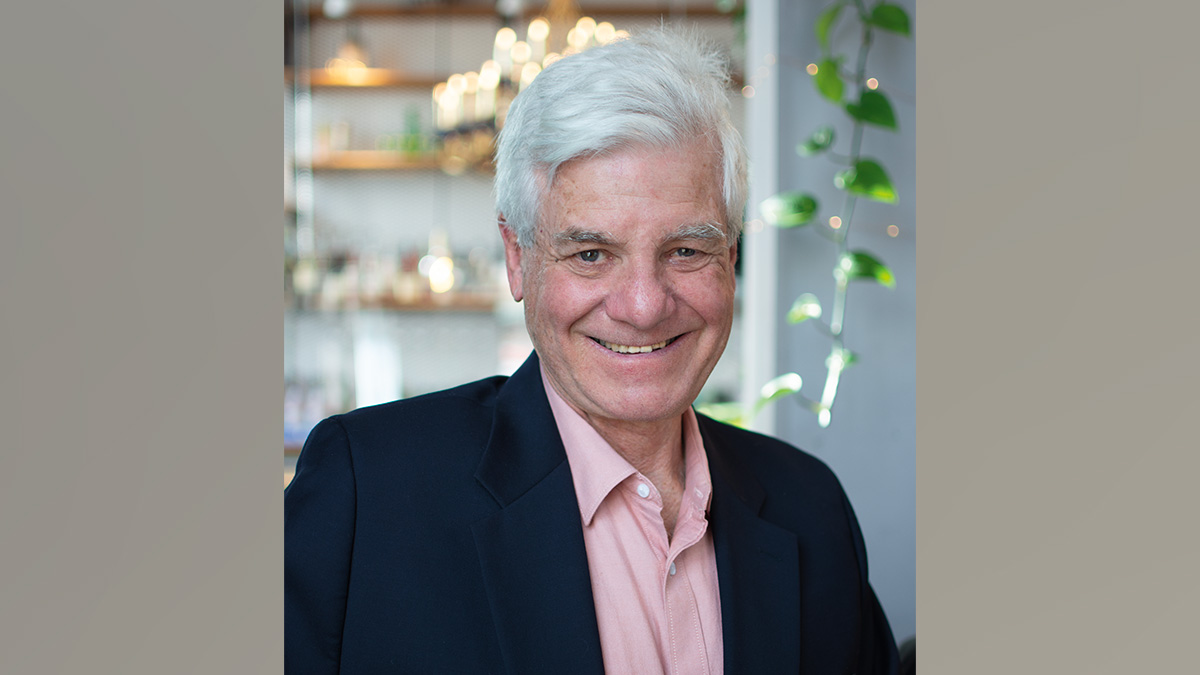Four multicultural marketing lessons from top executives
How the term is changing, how it relates to the metaverse and more insights from the Ad Age Next: Multicultural Conference.

Multicultural marketing has changed drastically over the years, leading brands and agencies to evolve the way they connect with consumers of different races, ethnicities, genders and sexual orientations to ensure they reach more than one target audience.
At this week's Ad Age Next: Multicultural Conference, executives from Twitter, Omnicom Media Group, BET Networks, Horizon Media and more weighed in on adapting to the ever-changing landscape of multicultural marketing. These are four top lessons from the May 9 virtual event:
Create a consistent relationship
The year 2020 brought social reckoning and racial unrest to the forefront. The murder of George Floyd, which led to a widespread protests over racial injustice, caused brands to take a closer look at the importance of representation in multicultural communities. But to understand and truly relate to a community, there has to be consistency, according to God-is Rivera, global director of culture and community, Twitter.
She said brands tend to jump into multicultural marketing when something is trending or timed to a certain month. But when brands aren't making a continuous effort to understand all different kinds of communities, they can’t produce authentic work. To do so, brands need to become “actually really deeply entrenched in the consumers that they’re speaking to.”
Consistency will enhance a brand's multicultural marketing, which can overlook the joyful, fun and humorous forms of marketing that are overshadowed by the serious forms. Rivera said that if brands create “real relationships with these communities,” they would know “that of course the joy is always balanced with the harder hitting really important, sometimes complex, nuances.”
Using Twitter as a way to dig deeper and become consistent is a start to understanding all communities, she said, adding that she would tell brands “to continue to have that dedication and commitment to really digging into these conversations and listening and making sure that there are people on the team to understand some of that cultural context as well.”
Widen your view of multicultural
The term “multicultural marketing” has evolved over the years, going from a focus on a specific race and more toward culture, which is why Michelle Ngome, fractional diversity consultant at Line 25 Consulting, refers to it as “inclusive marketing.”
Traditionally, multiculturalism has focused on someone's ethnicity or race, trying to “reach Black, Hispanic and Asian audiences," he said. Now, the lens has expanded to include “intersectionalities of ethnicity and of race,” he said, bringing focus to other kinds of communities such as the LGBTQIA+ community and those in the military.
Rob Master, VP of media and marketing for North America at Unilever, said that the term multicultural needs to be rethought, as it is a catch-all term that does not do contemporary marketing justice. "It brings everyone together in a mishmash," he said, which is "an enormous disservice."
Master noted the broad-stroke term multicultural doesn’t include “specific cohorts in terms of life experiences, historical perspectives, vision of America, the insights that drive them, I think those are the types of things we should be looking at as we reflect upon these consumer groups.”
Consider metaverse inclusivity
While multicultural marketing is happening in the physical world, there is now a new place that requires the same level of effort on inclusivity. Nowhere, a browser-based 3D meetup platform, has made its technology accessible so that people don’t need a crypto wallet or NFT to join so that anyone can become part of the metaverse.
The metaverse requires many to have access to equipment like virtual reality headsets or even the funds to buy land in a place like The Sandbox. Nowhere wants to be adaptable and for those who may not have such access, according to Ana Constantino, co-founder and managing partner at Nowhere. The platform is free and can be accessed by a simple link on a browser. “We wanted it to be as easy as possible for people to come in and accessible as possible,” she said.
Telly Wong, chief content officer and senior VP of IW Group, has also dabbled in the metaverse with brands like McDonald's and created a Lunar New Year event that included the “Hall of Zodiacs,” which allowed people to learn their Chinese zodiac sign. It was meant to primarily target an Asian American audience, but Wong said that “because it was virtual and it was opened up to the world, we had people dropping in from all over the place.”
At the end of the day, however, Jon Thompson, senior director of digital and Web3 at Ten35, says it's up to brands and agencies to work with people from many different cultures and “be conscious about who they’re selecting” when it comes to diversity in the metaverse.
Spending and measurement changes aren't coming fast enough
Many brands have made pledges to spend large sums of money on Black-owned media, but in order to see equity across the industry, these brands need to walk the talk, which means giving “continuous investment, access and opportunities over time and really in perpetuity,” according to Ryan Robertson, senior VP of marketing at Group Black.
Similarly, Isabel Rafferty Zavala, CEO and founder at Canela Media, said more brands need to see that “doing business with a minority-owned business makes business sense.” She added that being able to show analytics, results and numbers from these minority-owned businesses will further show it “makes sense for business.”
Data and measurement is an ongoing problem in the marketing industry and there is more that needs to be done to better account for multicultural audiences. Panelists said that improvement is needed from Nielsen, which is s slowly making progress.
Roberto Ruiz, executive VP of strategy and insights U.S. at TelevisaUnivision, said that although it is a complex issue, he is hopeful the industry will find a model that reflects reality—but that's going to take time.
eMbrace, a new software and data solution from Horizon Media, powered by Nielsen, is meant to help diversify the data. It is able to recalibrate populations who have panel data to “create a more data-informed and equitable approach to identify strategic and inclusive with comparators,” said Karina Dobarro, executive VP and managing director of multicultural business solutions at Horizon Media.

 Tfoso
Tfoso 































